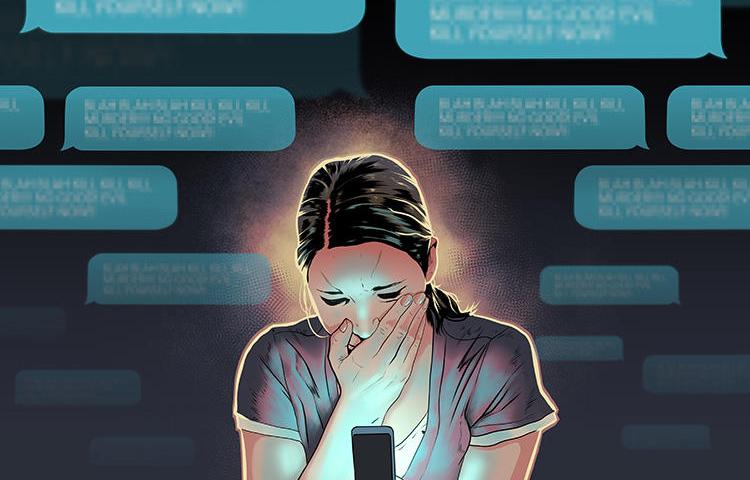
Psychological safety: Online harassment and how to protect your mental health
Journalists are frequently at risk of being harassed online in an attempt by hostile actors to intimidate or force them into silence. The harassment, most commonly directed at female journalists, often includes threats of violence against the journalist and their family and friends.
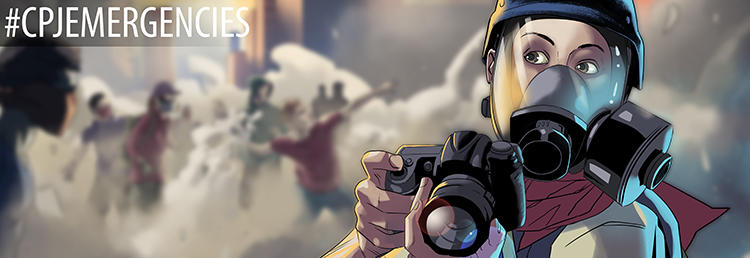
Physical safety: Solo reporting
Solo work is becoming more common, especially for broadcast and video journalists. However, working alone can make journalists vulnerable to physical assault. For assignments in locations such as neighborhoods with high crime rates, protests, or remote areas, it is advisable that journalists do not work alone.
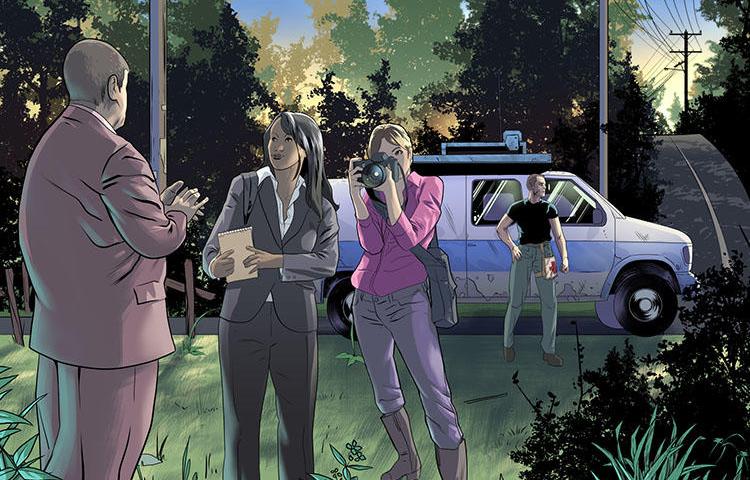
Physical safety: Mitigating sexual violence
Sexual violence can take many forms, including sexual and physical assaults. Any individual can be the subject of sexual misconduct, but journalists are often at risk from a range of people, including sources and members of the public, while they are reporting. That risk is heightened for female or gender non-conforming journalists.
CPJ releases safety kit in response to risks identified by female journalists in US, Canada
New York, September 4, 2019—The Committee to Protect Journalists today released a collection of safety resources for female journalists. The package features an analysis of CPJ data from a survey of female and gender non-conforming journalists in the U.S. and Canada, an infographic, and specialized safety advice.
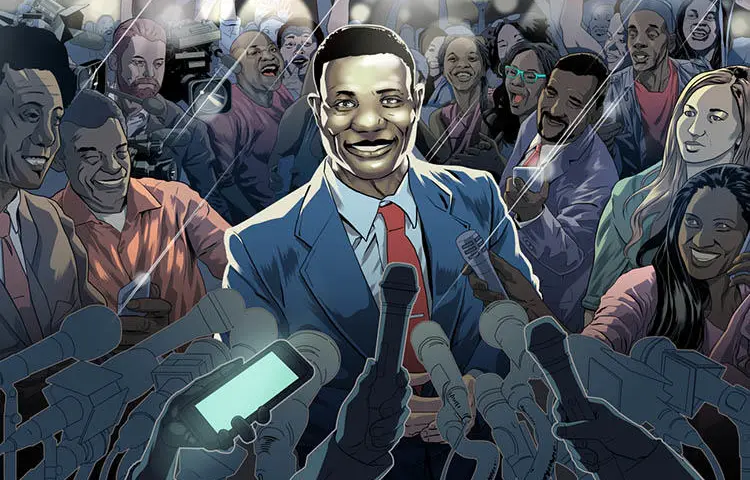
Covering elections: Journalist safety kit
During elections, journalists frequently cover rallies, campaign events, and protests, which can increase their risk of being attacked, harassed, and detained. CPJ’s Emergencies Response Team (ERT) has compiled a Safety Kit with information for editors, reporters, and photojournalists on how to prepare for elections and how to mitigate digital, physical and psychological risk.
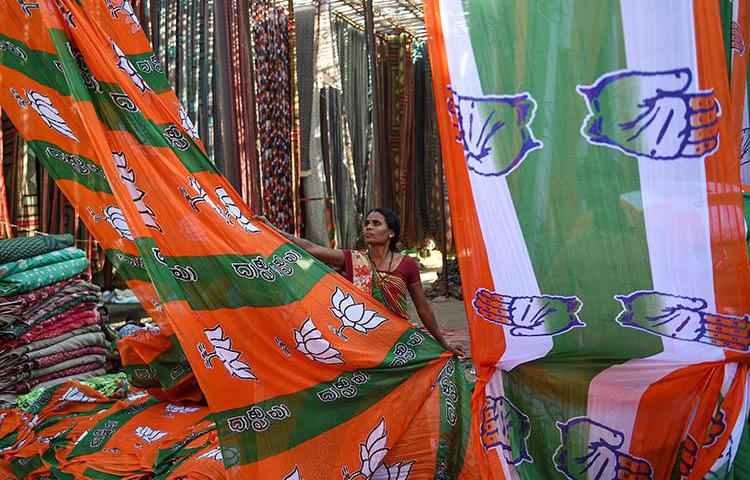
India elections 2019: Journalist safety kit
India is scheduled to hold national and provincial elections from April 11 to May 19, 2019. As the country celebrates over 70 years of democracy, journalists are under pressure from attacks, harassment, cyber bullying, and government restrictions. At least five journalists were killed in relation to their work in India in 2018, including four who…

Digital safety: Protecting against online harassment
Journalists are frequently at risk of being targeted online for their work. Media workers who cover issues such as the alt-right, politics and contentious elections, as well as movements linked to race or gender are at higher risk of being attacked online.